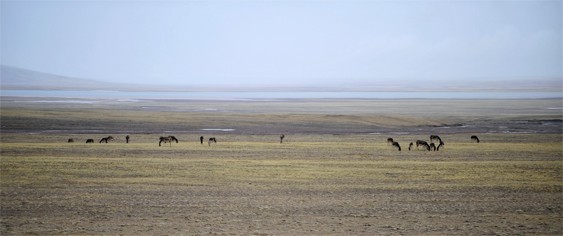China's isolated Kekexili region has begun processing its application for UNESCO's world natural heritage status, according to Xinhua News Agency.
The local government of Qinghai Province, where Kekexili is located, said that it chose the nature reserve over other candidates for the status which included Kunlun Mountains, the Qaidam Basin, the Qinghai Lake and Sanjiangyuan, also known as the "source of three rivers."
The Qinghai government said that it is looking to finish all preliminary qualifications for the status by May 2017.
Also known as Hoh Xil, the 83,000-square-kilometer Kekexili region includes a 45,000-square-kilometer natural reserve, which is also China's widest expanse of uninhabited land.
The natural reserve, designated in 1995, is elevated by an average of 4,400 meters.
More than 230 endangered species of wild animals, including the rare Tibetan antelope or chiru, are found in Kekexili, which is China's least and the world's third-least populated area.
The Chinese government protects 20 of these animals, including the wild donkey, the wild ya, the brown bear and the white-lip deer.
The UNESCO world natural heritage status is awarded to places in the world that "contain superlative phenomena or areas of exceptional natural beauty and aesthetic importance."
Of the 1,007 places on UNESCO's natural and cultural heritage list, 47 are in China.



























